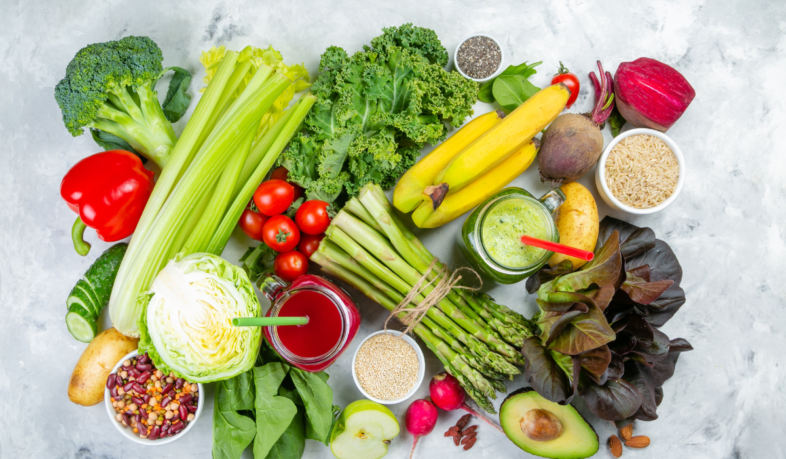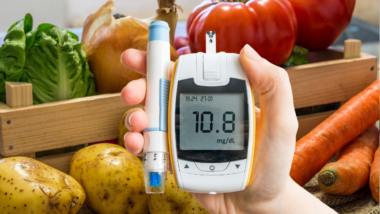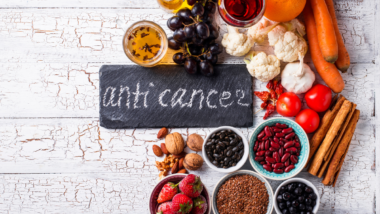The pH Miracle diet is the newest phenomenon to strike the dieting world. Health experts have noticed that popular diets seem to go in waves. While the 90s were marked by the low-fat diet craze, the last six to seven years have been focused on low-carbohydrate diets like Atkins, the South Beach Diet, Protein Power and Sugarbusters. As people become frustrated with each type of diet, they look for something new to try. The pH Miracle diet basics is the focus of a lot of new interest.
The pH miracle diet is so appealing to people because it is a complete 180-degree turn from the high-protein, low carbohydrate diets of the past few years. The pH Miracle diet, also called the alkaline diet or the Young Diet, after its creator Robert Young, has a totally different approach to nutrition. Many holistic doctors and nutritionists see it as a more balanced approach to nutrition that takes the body’s true needs into account.
Basically, the human body has a pH that is slightly alkaline. The theory is that since the human body runs at this pH, our diet should be comprised of mostly alkaline foods. The standard American diet has many foods that are considered acidic, such as animal protein, sugar, caffeine and packaged foods. All of these foods disrupt the pH balance of the body and cause a whole host of problems. The proponents of the pH Miracle diet say that all of these acidic foods actually disrupt the body’s use of alkaline minerals. These minerals include sodium, potassium, magnesium and calcium, which make people prone to chronic diseases.
This is the real crux of the importance of the pH diet. The nutrition and health community has come to realize that what a person puts into their body has a profound effect on their overall health. Although the mainstream medical community has emphasized a balanced diet including fresh fruits, vegetables, meats and dairy products, the pH diet takes this a step further. It points out that the acidic foods actually rob your body of essential minerals. Those who follow the pH miracle diet are avoiding foods that can be disastrous to their health.
Many of the foods that we eat commonly are considered no-nos on the pH miracle diet. One of the most surprising omissions is the absence of wheat products. The FDA recommends whole-wheat products for better health. Yet according the pH diet, grains like wheat, millet, oats and rice are acidic and harmful. The alkaline grains of buckwheat, quinoa and spelt are favored for their alkalizing benefits.
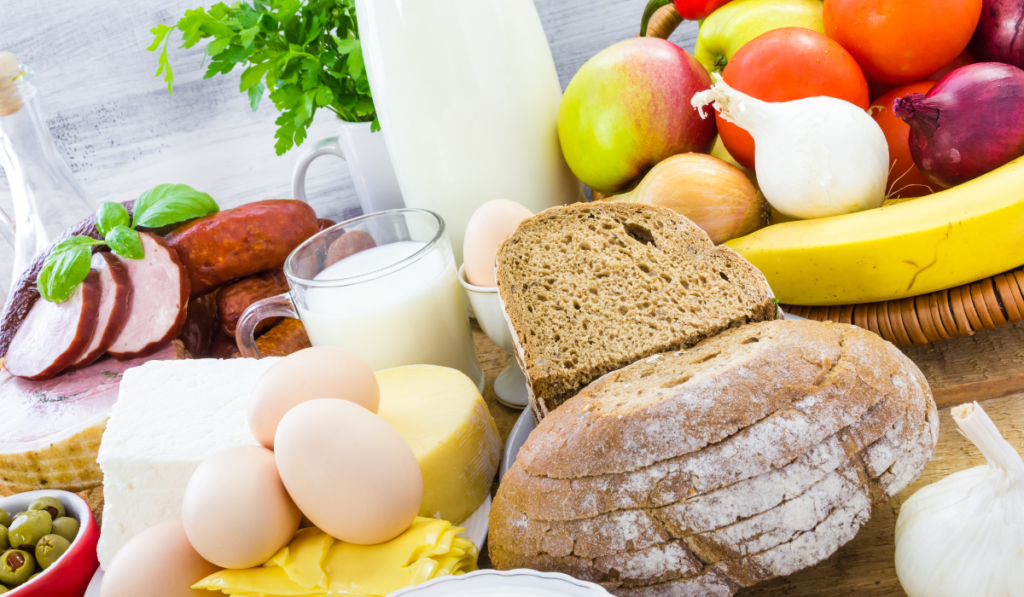
Generally, all meats and dairy are omitted on the pH Miracle diet. If you’re worried about protein, goat milk is slightly alkaline. There is also protein provided from vegetarian options like beans, tofu and certain nuts and seeds. Most vegetables have alkalizing effects, except for mushrooms. Fruits are limited to coconut, grapefruit, lemon and lime.
Those that have tried the pH miracle diet say that they feel massive effects on their health within the first few weeks. Lowering the intake of processed foods and eating more vegetables is good health advice for everyone, whether or not they follow the specifications of this particular diet. In fact, this has been one of the major criticisms of the pH miracle diet. Opponents say that if people are already eating fresh foods and drinking plenty of water, then the diet will have no effect. They disregard the acid/alkaline balance theory.
Another important thing to consider is that there has been no scientific testing of the theories behind the pH miracle diet. Also, many conventional medical doctors see no benefit to the program. However, the principles behind the diet are based on holistic medicine and Chinese medicine, which have been around for centuries. The ph Miracle diet principles are currently being studies at John Hopkins’s university and by Dr. Neil Solomon of the United Nations. Soon the critics may have to re-evaluate their stance on the diet’s scientific basis.
pH Miracle Diet Critics
Protein Content Criticism
When something becomes popular, it invites criticism from other sources. The recently popular pH miracle diet is no different. As the program has gained followers, it has gained just as much criticism from different individuals.
The main criticism of the diet is that it encourages people to become vegetarians and vegans. Critics say that this diet, particularly with its omission of dairy products (a vegetarian protein source), is dangerously low in protein. However, this criticism comes from the common misconception that humans need massive amounts of protein. The recent popularity of low-carb diets (which are really just high-protein diets) has re-cemented this myth in the mind of many people. Health has become equivalent with eating red meat and dairy.
Healthy Protein Alternatives
However, there are many sources of natural and healthy proteins that don’t have the harmful acidic effects of red meat and dairy products. The truth is, most people get too much protein and not too little. Women require about 45 grams of protein per day, and men need 55 grams. Once single cup of tofu (which is acceptable on the pH miracle diet) contains 20 grams of protein. Beans contain at least 8 grams of protein per half cup. So it is really quite easy to get enough protein on a vegetarian diet.
Calcium Controversy
Another criticism related to this issue is calcium. Many people equate drinking milk with strong bones. However, American women consume an average of two pounds of milk per day and yet 30 million of them develop osteoporosis. If drinking milk helped make bones stronger, then the opposite would be true. A study conducted by Cornell-trained nutritionist Amy Joy Lanou showed that there was no specific link between dairy products and bone health in children and young adults. There are plenty of sources of calcium available in the alkalizing food categories that will provide protection against osteoporosis.
Emphasis on Vegetables and Fresh Foods
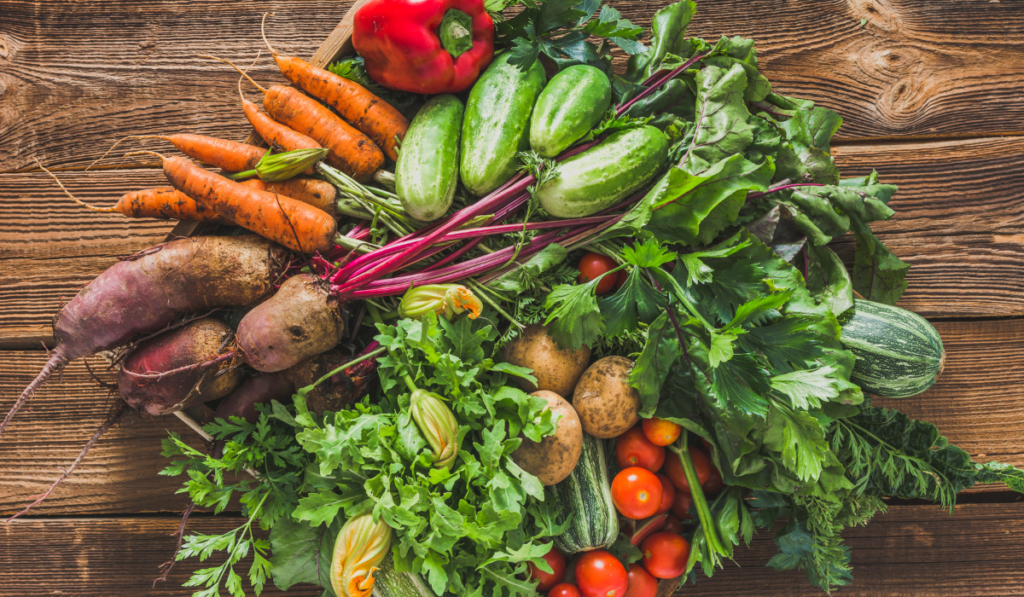
Many critics also claim that the emphasis on vegetables and fresh foods is the real reason behind the success that people receive from the diet. The pH miracle diet suggests eating almost 70 percent vegetables and acceptable fruits. At this level, whether you are eating alkalizing foods or not, anyone will have an improvement in health. Critics disregard the importance of the pH balance of the diet.
Wheat Elimination Benefits
However, there have been many people who have experienced great results after eliminating wheat, an acidic food. Wheat is not a food that one normally associates with ill health, however, eliminating wheat has been a godsend to many people who have suffered the symptoms of over-acidified diets. The amount of alkalizing vegetables in the diet will definitely do anybody good, whether or not they take the rest of the diet to heart. By eating from the list of alkaline foods, you will be improving your health no matter how strict you are on the diet.
Perceived Strictness of the Diet
This leads to another popular criticism of the book. Many people claim that the pH miracle diet program is too strict for daily life. The elimination of common foods like animal protein, milk and wheat seems overwhelming for people. They cannot fathom going through a whole day without eating something from one of these foods groups. The idea of sticking to a diet that is primarily plant based seems too rigid and strict. However, many people who use the pH miracle diet have seen beneficial results without being 100% strict with the rules of the diet.
Gradual Approach to Healthier Eating
Like with many other diets, the pH miracle diet outlines steps toward better health. The emphasis here is on steps. It is unreasonable to expect anyone to do a complete 180-degree change in his or her eating habits overnight. Taking a slower approach to changing your diet will create longer and more successful results. If the diet is followed word for word, it is difficult at first because people are so used to eating a certain way. With time and practice though, you can move toward better health and a more pH balanced diet.
